Years ago, when I was a student a Maine College of Art, majoring in graphic design and photography, I became fascinated with a genre of art called the self-portrait. Back then, the phrase “selfie” was unheard of, instead, it was a self-portrait — a representation of one’s self, whether in paint, pencil or photographic film, a self examination as it were.

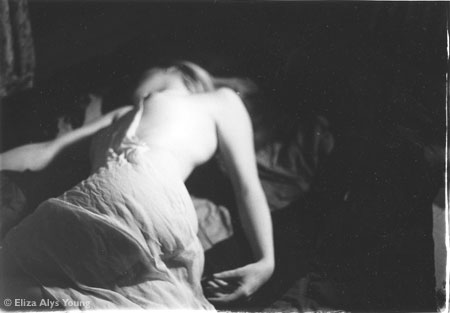
I, as a creative person, became fascinated with the concept of self-examination, especially in photography. Reason being, it was so easy, to create an impression of one’s self that was completely fictional. In the frame of a single photograph, you could create a scene, evoke an emotion about what may have happened before the photograph or what will happen after, and it was all in the control of the photographer. This control was so interesting to me, it was like staging a play. No wonder that I found photographer Cindy Sherman’s Untitled Film Stills series so inspiring.
Modeling in several roles, she reveals gender as an unstable and constructed position, which suggests that there is no innate biological female identity. On the contrary, women adopt several roles and identities depending on their circumstances. [Source]
I found all this quite empowering. As a woman who stood out in the crowd because I walked with a limp, not because I commanded the room with my beauty; as a woman who had experienced loss of control due to abuse, I was able to regain it in the form of self portraiture. Whether I photographed myself as nymph or victim, I always had the control because I set the stage.

I experimented with this medium more and more — staging images where I appeared in distress, or in the middle of some experience that was interrupted.
The reason for this series seemed clear to me. I was a readily available and willing subject. I was not harming or exploiting anyone by photographing myself. At no point, however, was I thinking of this in terms of vanity, of how I looked. In fact, the whole process was objective. Once I had taken the picture, it no longer was me. For this reason I was able to take photographs partially nude without being embarrassed because once they were taken, they were only form. I never became totally naked or made sexy images because I wasn’t trying to show my body but rather convey a concept, a mood.

I cannot emphasis enough how empowering it was to take these photographs. All those years of poking and probing by doctors where I had no say, now I was was the one in control. It has been a major creative outlet for me.
So imagine now, with all these endless photographs I have taken of myself, my surprise when the concept of the “selfie” first emerges on the scene. At first I was taken a bit back, the absurdity of the name itself offended me. But like it or not, there was no getting around the popularity of the selfie.
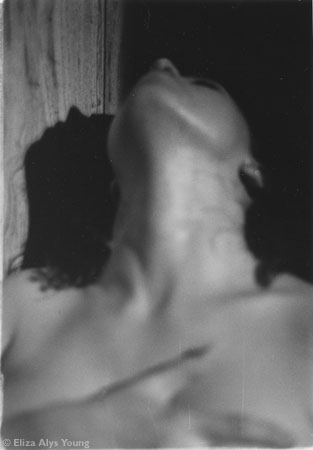
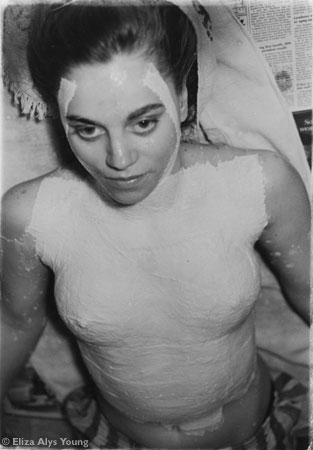

In my case, I wasn’t interested in glamour or approval. As a photographer I know how to photograph myself in the best light. I can make myself appear crazy attractive or horribly ugly with a combination of light or artifice, …even now.
As a photography student I read a book called Camera Lucida: Reflections on Photography, by Roland Barthes which was very provocative to me. In this book, Barthes questioned the validity of photographic ‘reality’. At the time of writing the book, photographs were seen as factual, as compared to drawing or painting which was open to interpretation. Barthes not only discussed the fact that photographs can also be interpreted as much as a drawing, he also questioned what in fact made up the ‘truth’ of a person. For example, he described seeing a photograph of his mother, and although he knew it to be her, nothing in the photograph was like her other than her physical representation. Nothing ‘pierced’ him or connected with him in a visceral way. Therefore, to Barthes, the photograph was not truly his mother. However, he saw a different photograph, of a woman, who was laughing and full of joy. That photograph pierced him in a way that reminded him of his mother even though the woman was not his mother in real life. The question Barthes posed what which photograph was more true or authentic to his mother — the one that was actually her but did not remind him of her or the one that was not actually her but expressed the essence of what his mother was to him? Good question.

What pricks me is the discovery of this equivalence. In front of the photograph of my mother as a child, I tell myself: She is going to die: I shudder… over a catastrophe which has already occurred. Whether or not the subject is already dead, every photograph is this catastrophe.
― Roland Barthes, Camera Lucida: Reflections on Photography
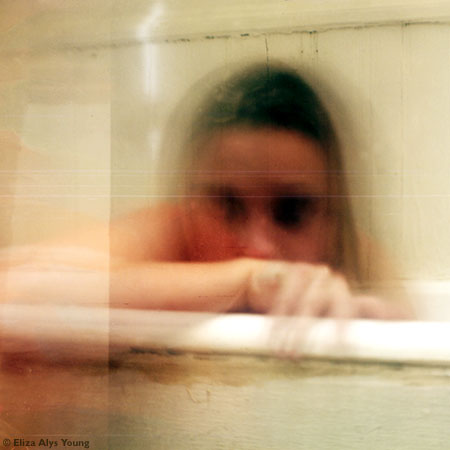
The concept of what pierces rings true for me. In the photograph I took called Elyssa’s Hand, it is the dirty hand of a playful child that pierces me. It is that detail that makes her human, that makes her feel like me. Another time I saw a photo of a Haitian refugee climbing out of a rowboat on a beach. What pierced me in that photo was not his haggard, travel weary expression, nor the bleak light or the barren beach, but the the unraveling sweater he wore. That thread dangling, about to come completely undone, is what I connected to. As a knitter I wanted to reach in and fix it for him, it was that detail that made the photograph memorable.
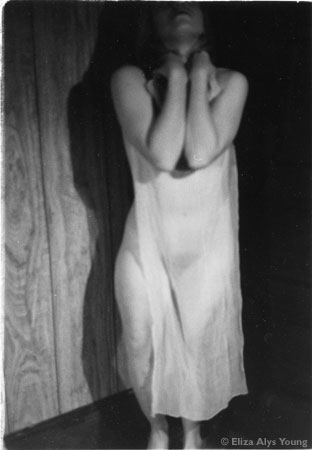
Truth in photography is especially interesting when you consider the popularity of the selfie in modern culture. Although there have always been selfies of one kind or another — people taking photographs where they inserted themselves into scenes, where they documented their presence. But, in the early days, people had to stay still a long time to take a picture, then film got faster but you still needed tripods and cables to do a lot of photographs (that’s how I did many of mine), especially if you wanted the images to look candid. That all changed digital cameras in cellphones and selfie sticks.
To me the selfie phenomenon is more a need for validation than of sharing. I will discuss this further in part two of this post…
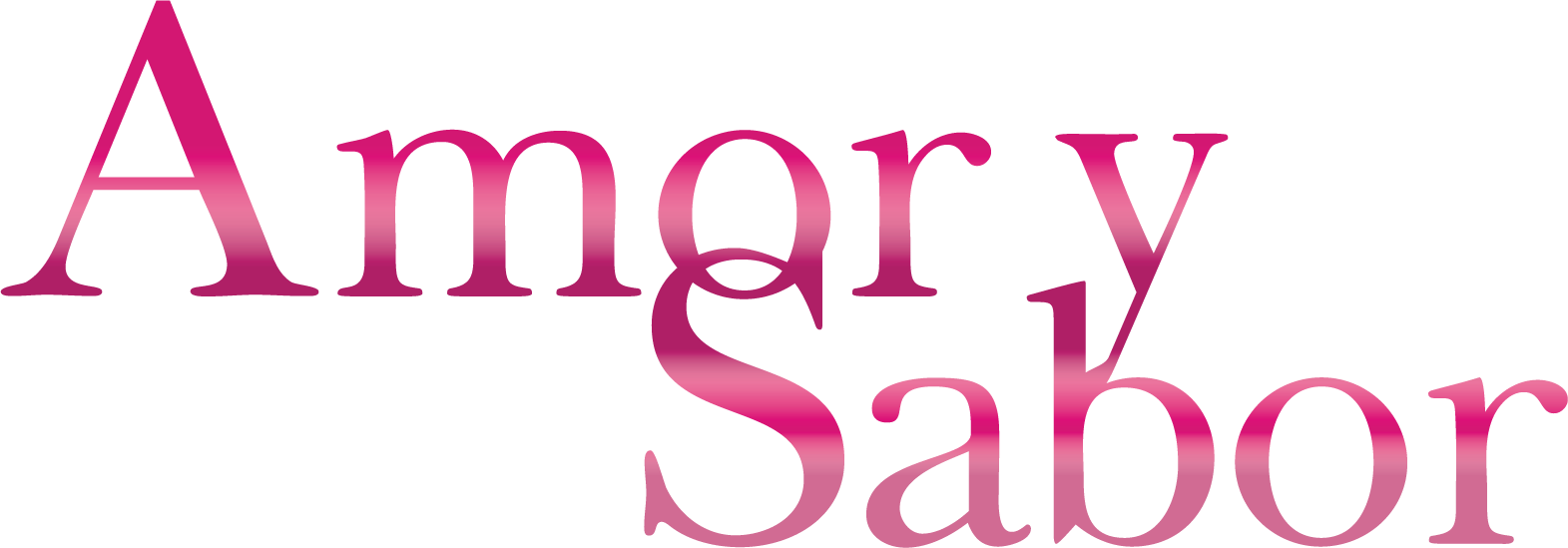
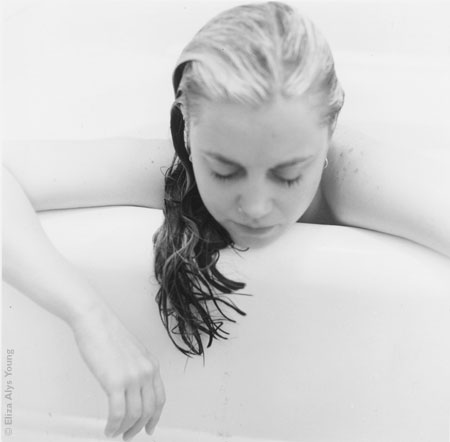
Amazing story and i love the pics. And you are so beautiful!
Beautiful!